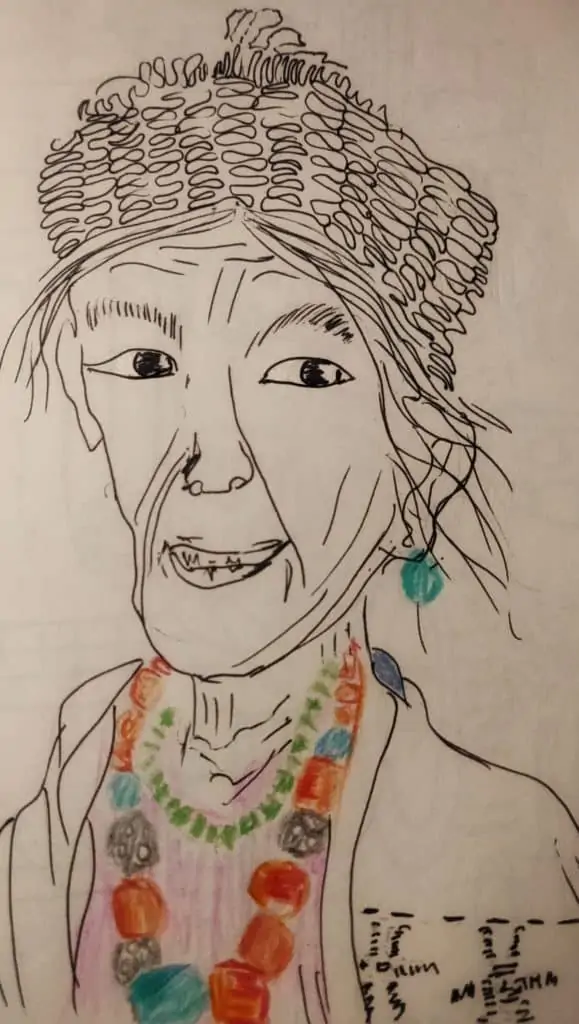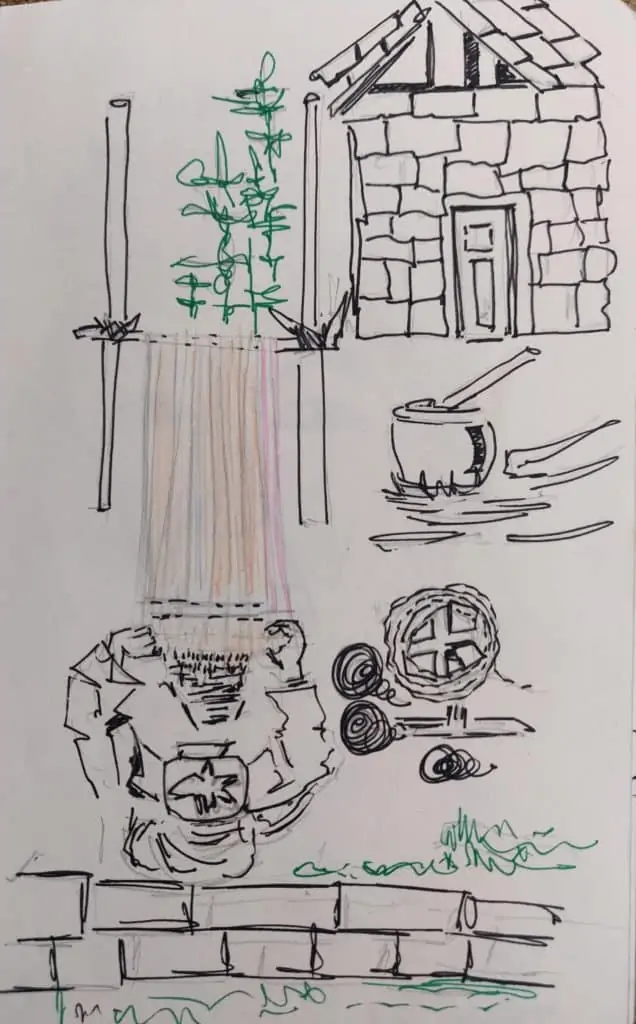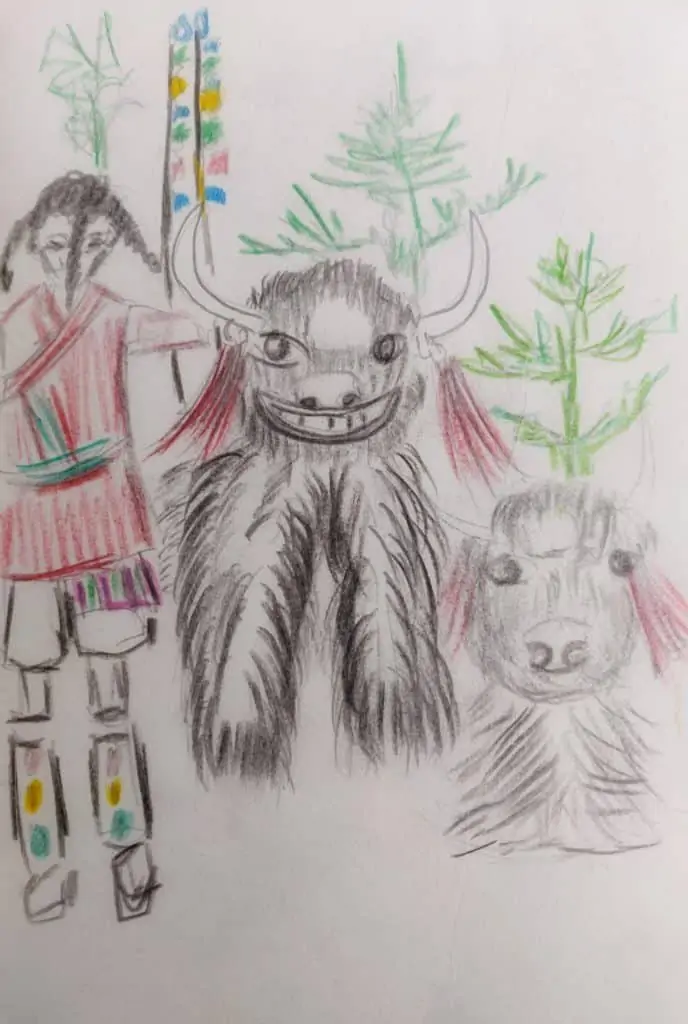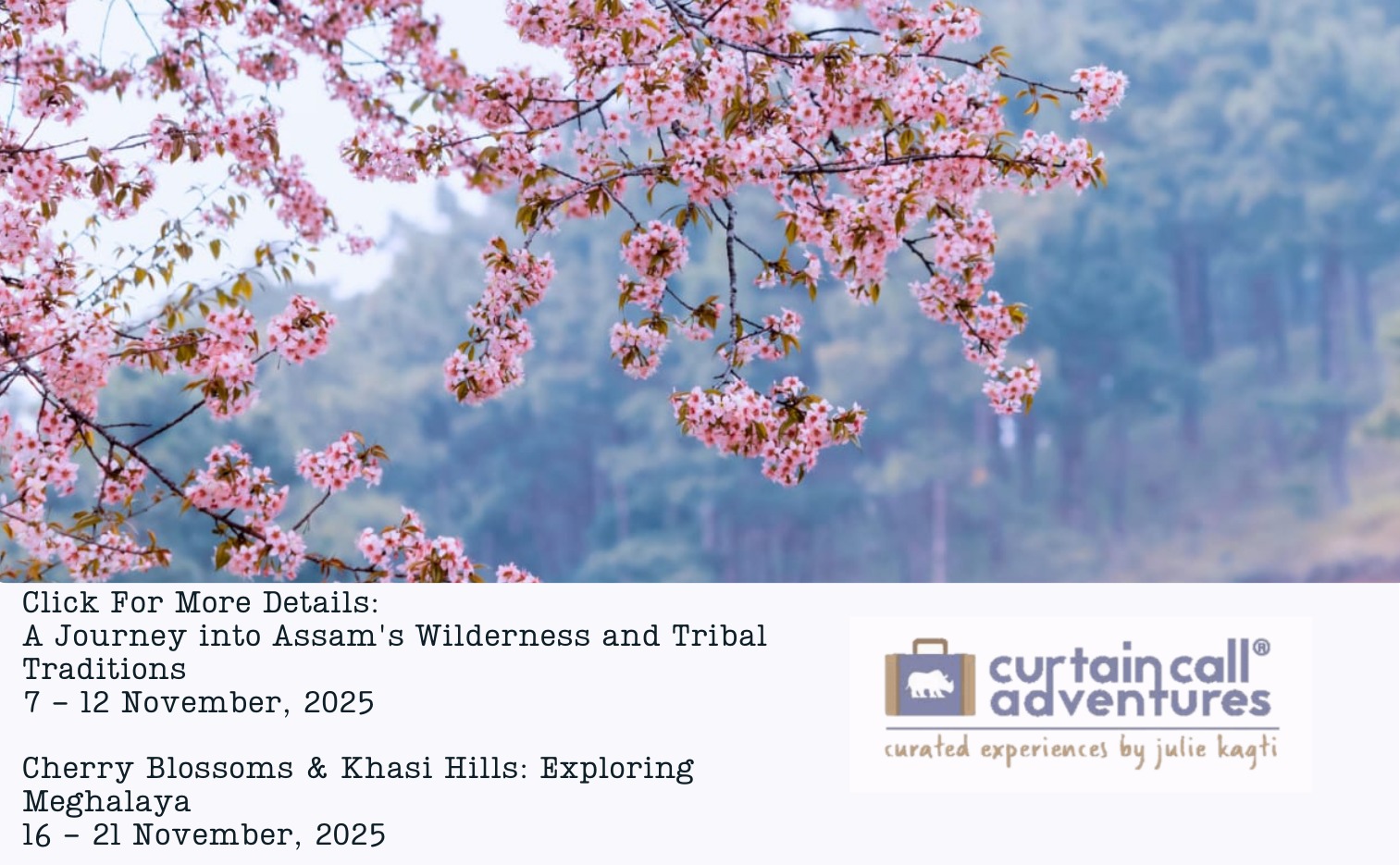The state of Arunachal Pradesh falls in the snow capped eastern Himalayan region with one of the most photogenic terrains in the country. It is often referred to as the Shangri la of the north eastern states and begs for a thorough exploration. It has been rightfully said that in order to understand a place, one must get to know the people of the region and their lifestyle. A visit to this state known as the land of the dawn lit mountains doesn’t disappoint.
The villages of the Apatani tribe that inhabit around the town of Ziro in Arunachal Pradesh are in the list proposed for UNESCO world heritage site status as a ‘living cultural landscape ’. Being from the north east I feel this applies to many villages belonging to the tribes that have made Arunachal Pradesh their home.
There are 26 major tribes in Arunachal Pradesh and more than 100 sub tribes. Amongst which, the Monpa tribe is the most populous and considered a major tribal community. This tribe is an ancient ethnic group located in the districts of Tawang and West Kameng which were a part of Tibet till 1914. Historically, the Tibetan word ‘ Monpa’ referred to all the indigenous tribes of southern Tibet and Bhutan, who were considered barbaric by the highly civilized Tibetan Buddhists. The Dirang Monpas differ from the Tawang tribesmen as they originated from Bhutan and hence the only Dzong outside of Bhutan is located here.
 It was only when Mera Lama of Tibet spread Buddhism in southern Tibet that the Monpas were converted to Gelugpa faith of Tibetan Buddhism. As a result of which the Monpas came under the religious and cultural influence of Tibet.
It was only when Mera Lama of Tibet spread Buddhism in southern Tibet that the Monpas were converted to Gelugpa faith of Tibetan Buddhism. As a result of which the Monpas came under the religious and cultural influence of Tibet.
What makes Arunachal Pradesh all the more mythical can be credited to the vibrant displays of colour and culture of the Monpa tribe. To experience Tawang in all its beauty, one must visit during its two most important festivals; Losar and Torgya. Losar, being the Tibetan New Year is celebrated by the Monpas with much fan fare. During this time the monasteries are often full with the crowds gathered to pay their respects.
 Another important festival of the Monpa tribe is the colourful Torgya festival. Torgya is a pyramidal structure made from flour about 10 feet high which monks use to initiate the festival, and is placed before the images of deities in the prayer hall. Wearing a warrior outfit known as Arpu, the Lamas recite religious texts of Torgya Chhaker. The Torgya is eventually thrown into the fire by the Abbot and Lamas with prayers to end evils from affecting the people. It is celebrated in monasteries for three days, from the 27th to 29th of the eleventh month of the lunar calendar. Torgya’s significance is to bring peace, good health and welfare of the people. The festival is a vibrant affair with elaborate costumes and masks worn depicting animals and deities. Ceremonial dances with drums and cymbals. On the last day, the Abbot bestows blessings, sprinkles holy water and distributes holy thread. This ritual is called Wang and the thread signifies good spirits, welfare, health and longevity.
Another important festival of the Monpa tribe is the colourful Torgya festival. Torgya is a pyramidal structure made from flour about 10 feet high which monks use to initiate the festival, and is placed before the images of deities in the prayer hall. Wearing a warrior outfit known as Arpu, the Lamas recite religious texts of Torgya Chhaker. The Torgya is eventually thrown into the fire by the Abbot and Lamas with prayers to end evils from affecting the people. It is celebrated in monasteries for three days, from the 27th to 29th of the eleventh month of the lunar calendar. Torgya’s significance is to bring peace, good health and welfare of the people. The festival is a vibrant affair with elaborate costumes and masks worn depicting animals and deities. Ceremonial dances with drums and cymbals. On the last day, the Abbot bestows blessings, sprinkles holy water and distributes holy thread. This ritual is called Wang and the thread signifies good spirits, welfare, health and longevity.
 The Monpa tribe is famous for its yak dance, which is entertaining with deep religious connotations. The yak symbolises peace and prosperity and receives its due place during the festivals via the dance. Skilled dancers adorn these large hairy mask and dance effortlessly over rough terrains or in recent times in an arena.
The Monpa tribe is famous for its yak dance, which is entertaining with deep religious connotations. The yak symbolises peace and prosperity and receives its due place during the festivals via the dance. Skilled dancers adorn these large hairy mask and dance effortlessly over rough terrains or in recent times in an arena.
The Monpa tribe is famous for its attractive and vibrant costumes which have intricate patterns including dragon and floral motifs. Their traditional dress is based on the Tibetan Chugba. It’s bold motifs and caps with peacock feathers and beaded tassels make any Monpa individual in their full attire a sight to behold.
Visiting Tawang is a treat for the senses in terms of the beautiful landscapes and its vibrant and rich culture. The journey itself from the plains of Assam will leave you thoroughly spellbound.
Best time to visit Tawang is October to April.
*It is to be noted that the Torgya festival is celebrated for three days starting from the 28thday of the eleventh month of the lunar cycle and the Tawang festival is timed around it.
How to reach Dirang and Tawang –
Tawang is Accessible from Assam via road. The closest railway station is in Tezpur. Guwahati has the nearest airport, though there are occasional flights from Tezpur too. Government and private buses and taxis ply to Dirang, Bomdila and Tawang. I recommend you hire a taxi from Dirang, Bomdila or Tawang itself to get around as there are no public buses in Tawang.
Visit our website for more information on Tawang.
All the sketches are from my personal travel journal.


